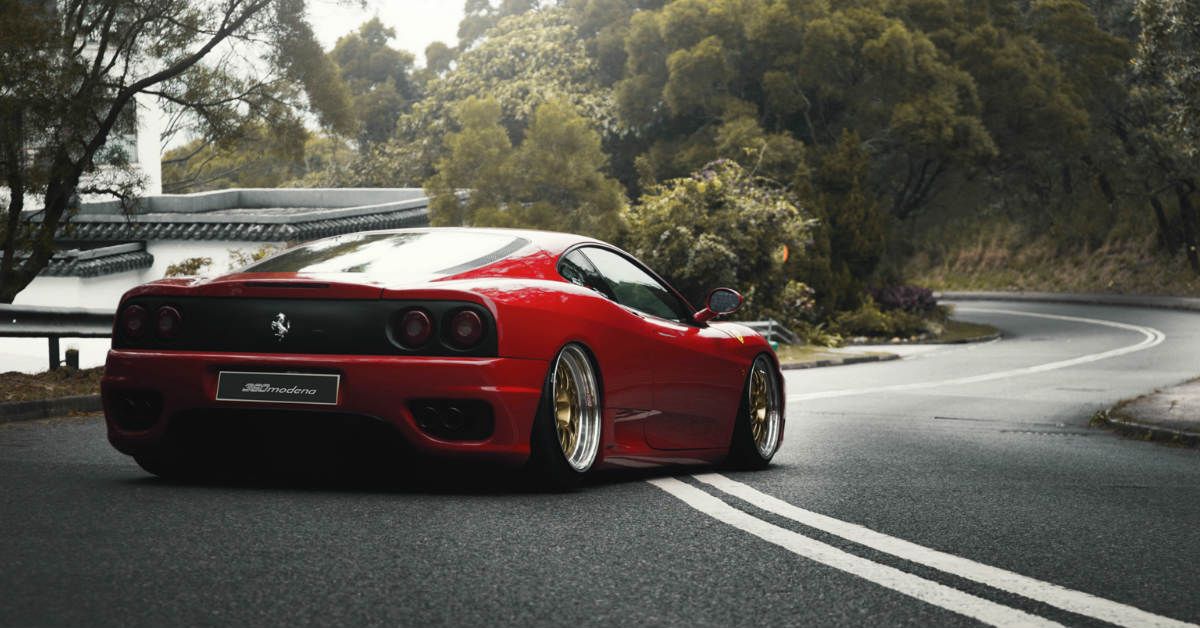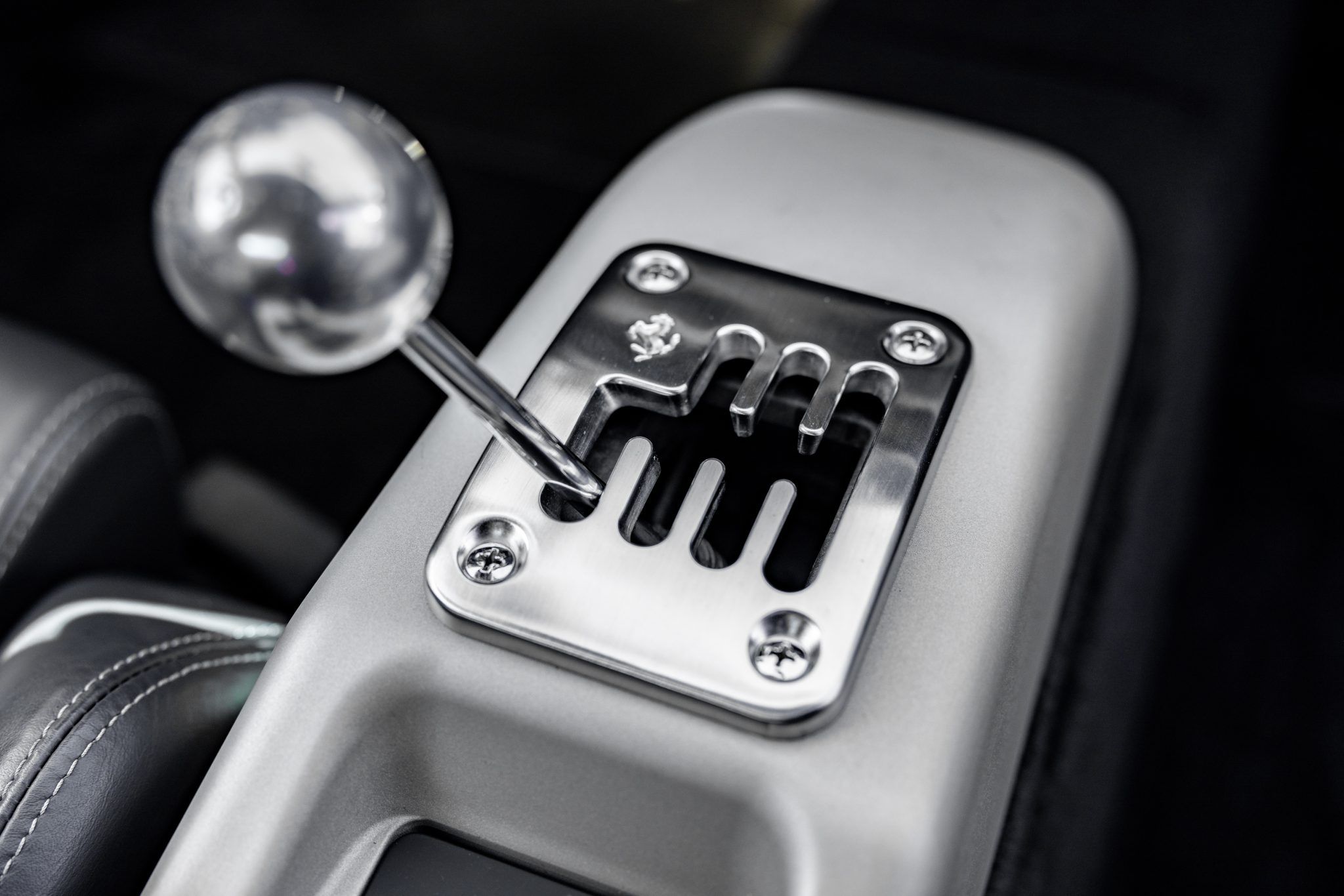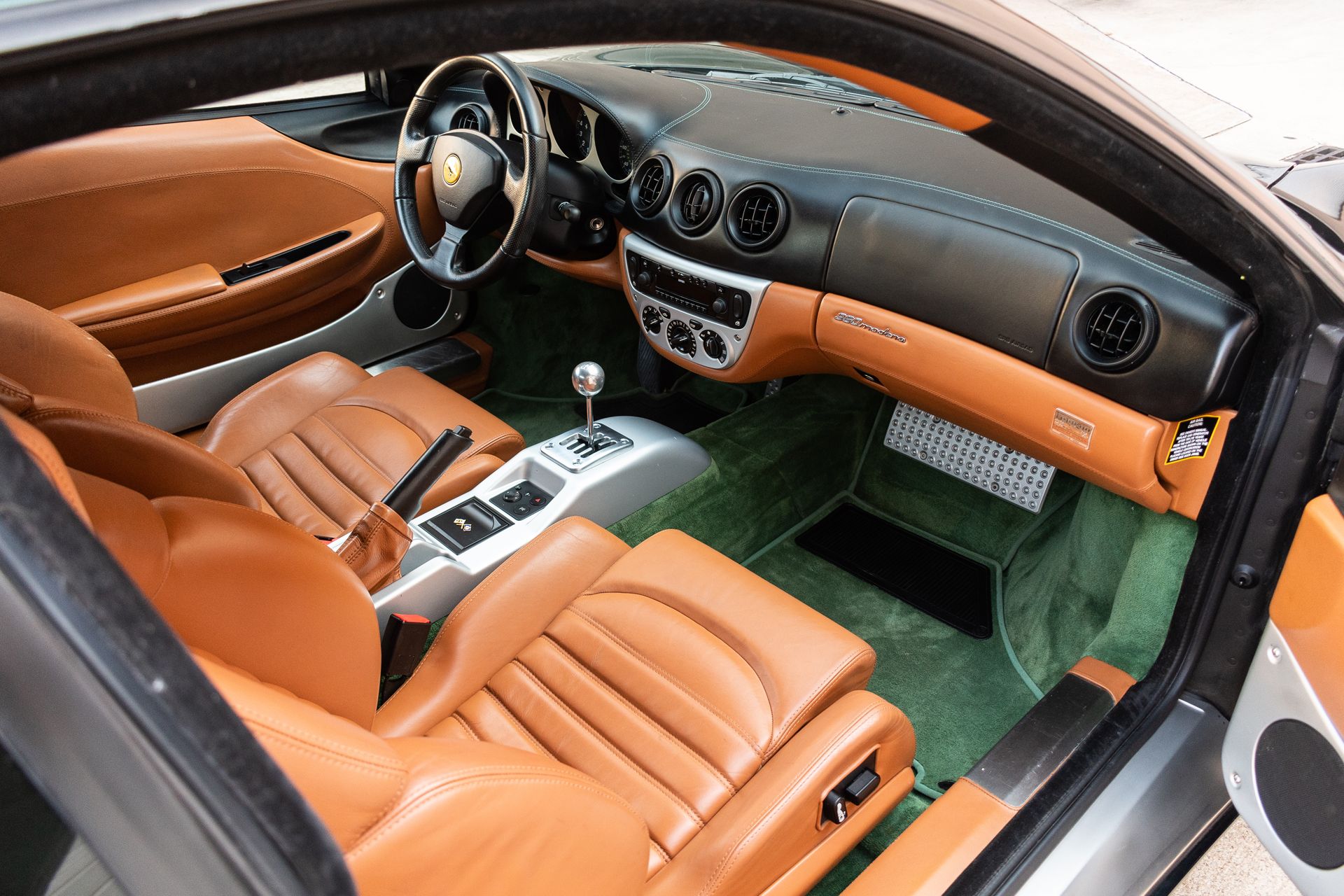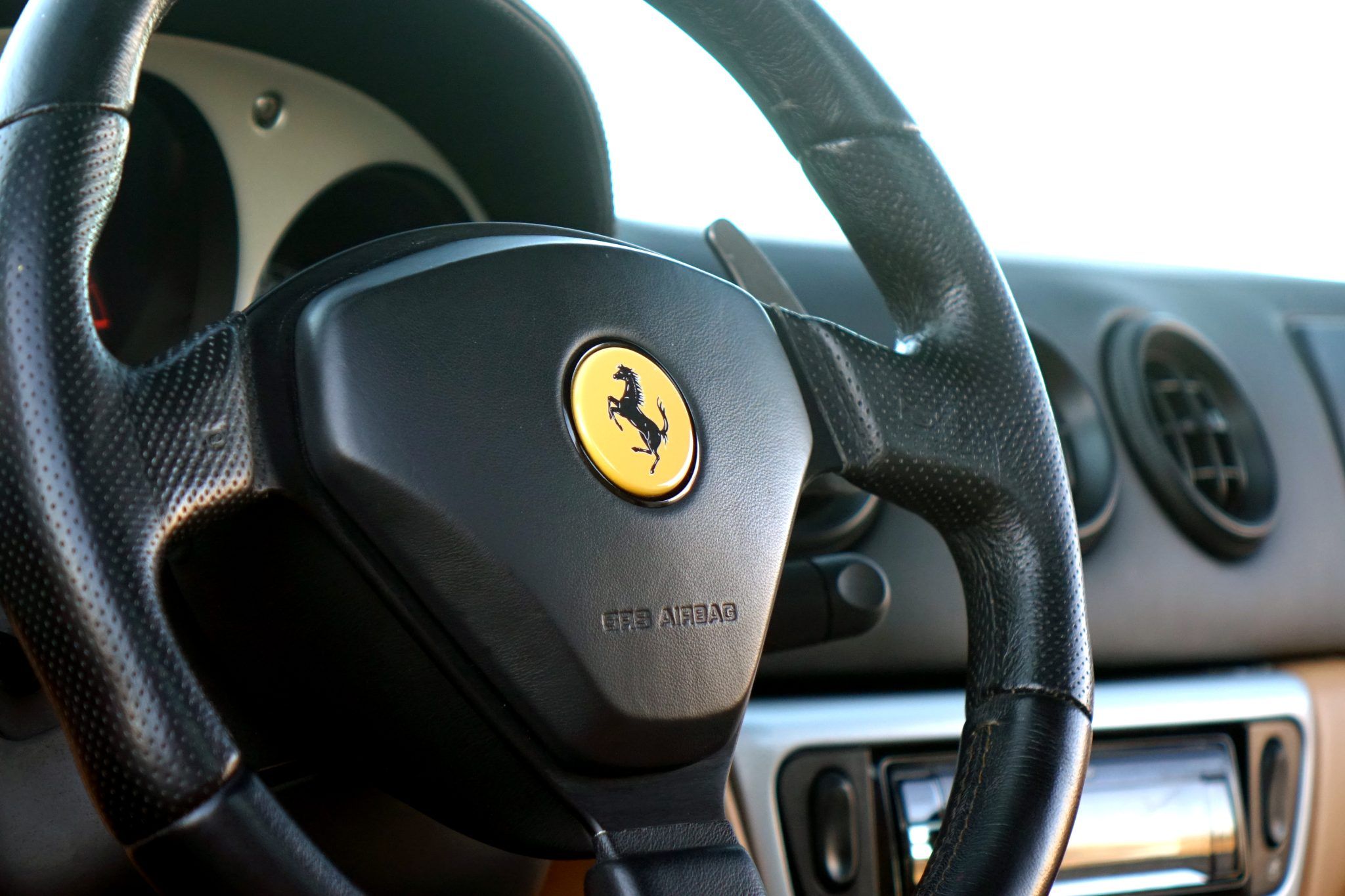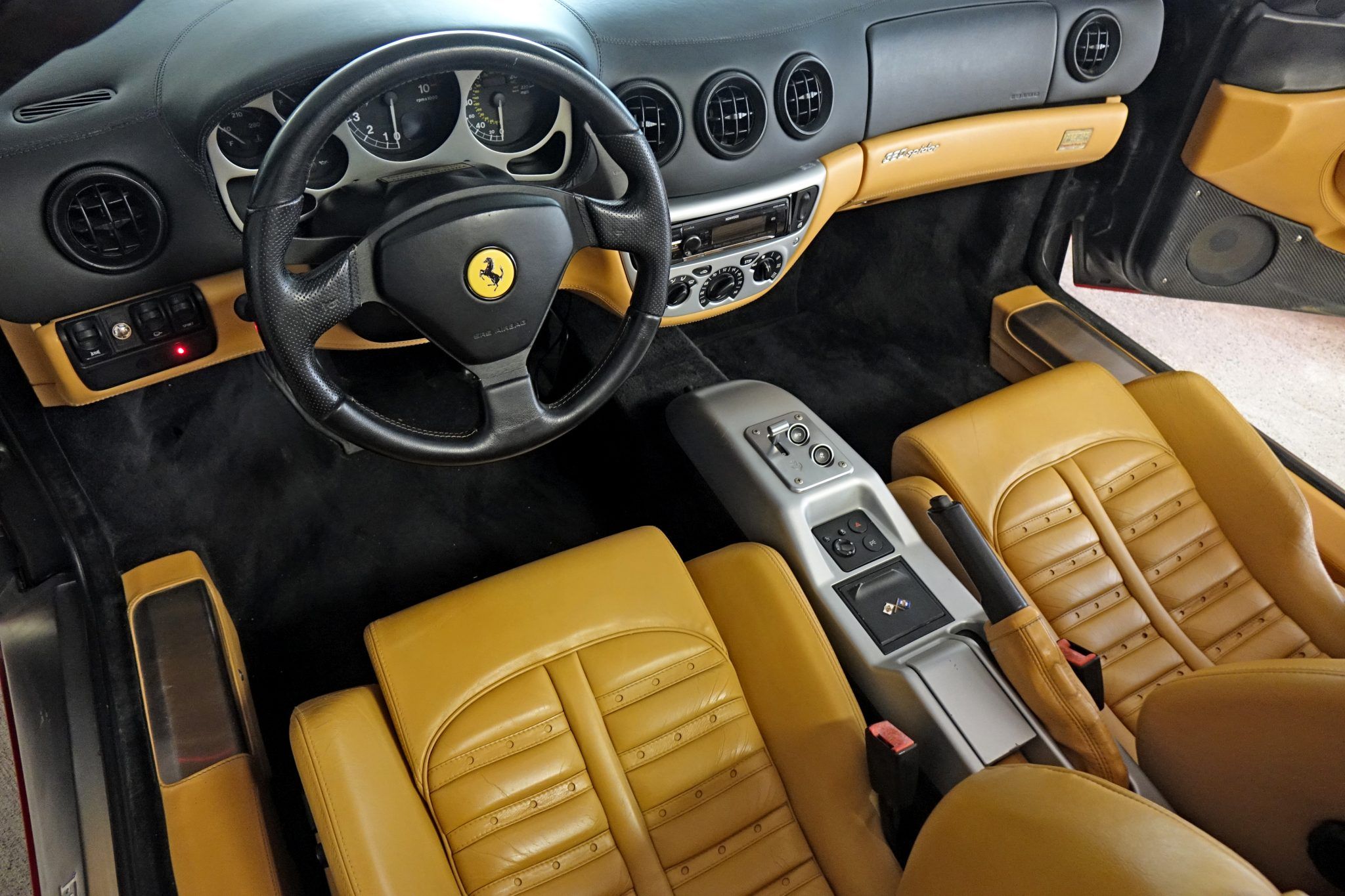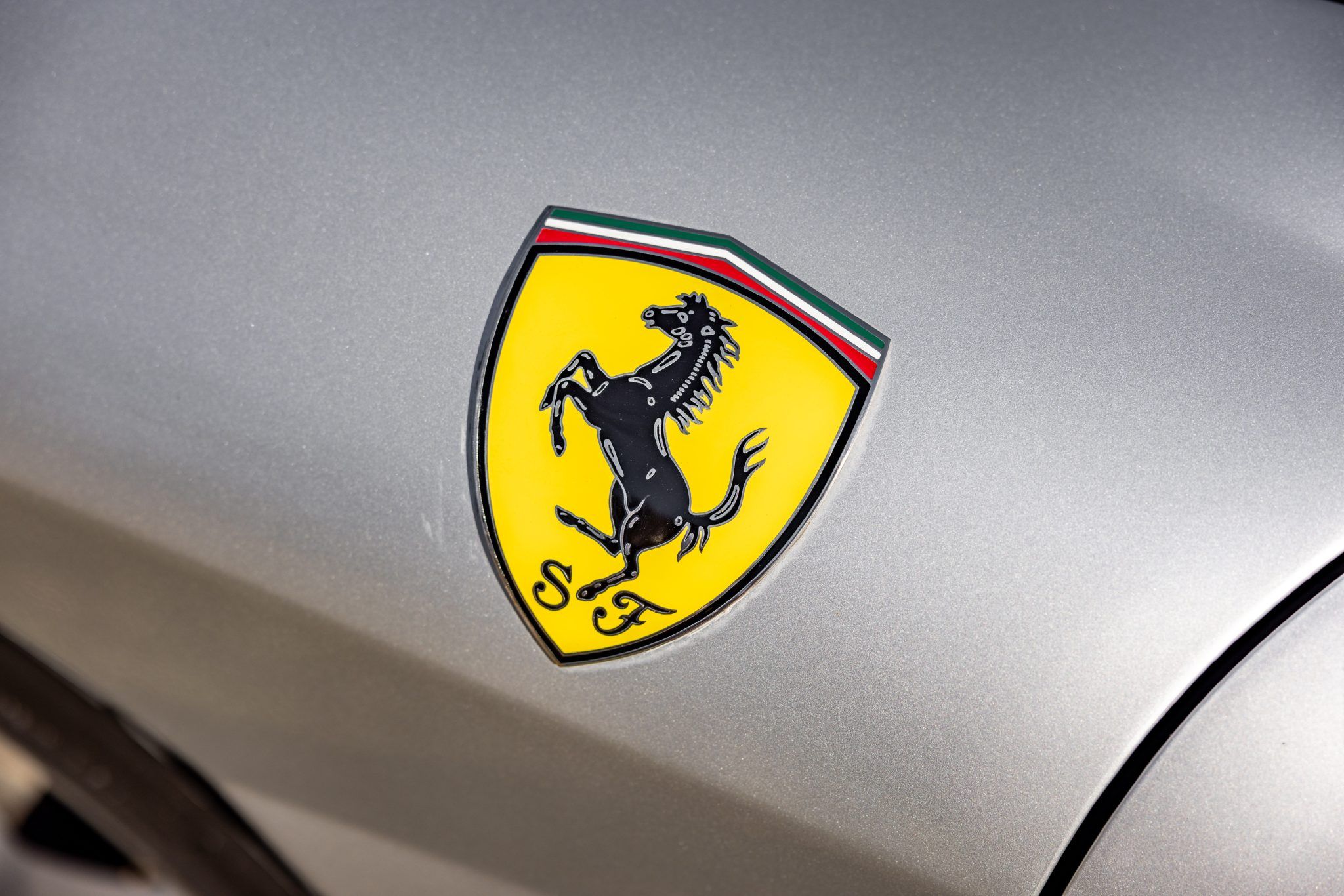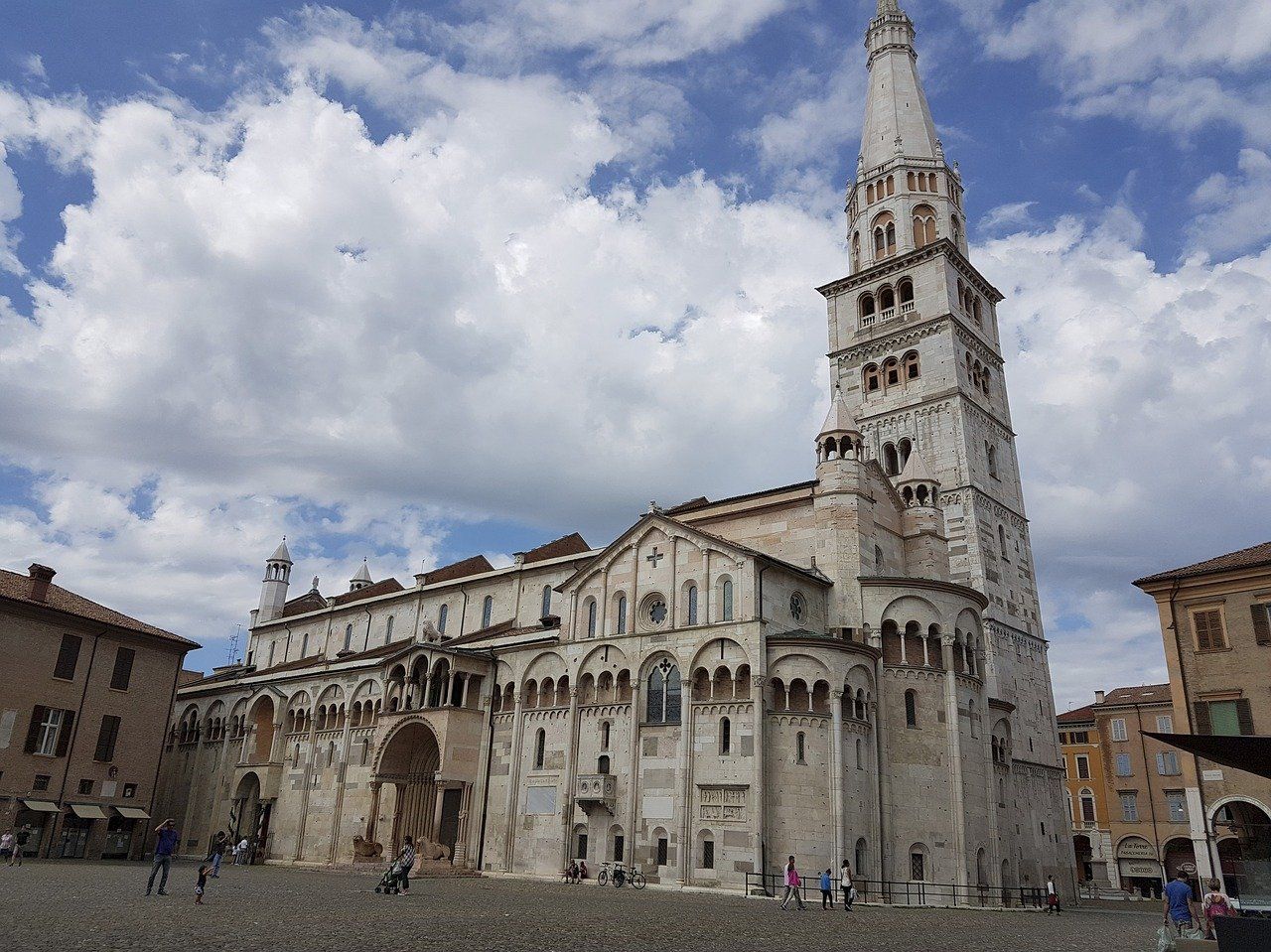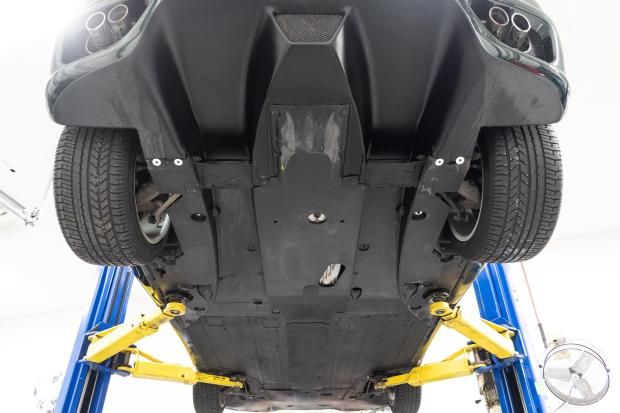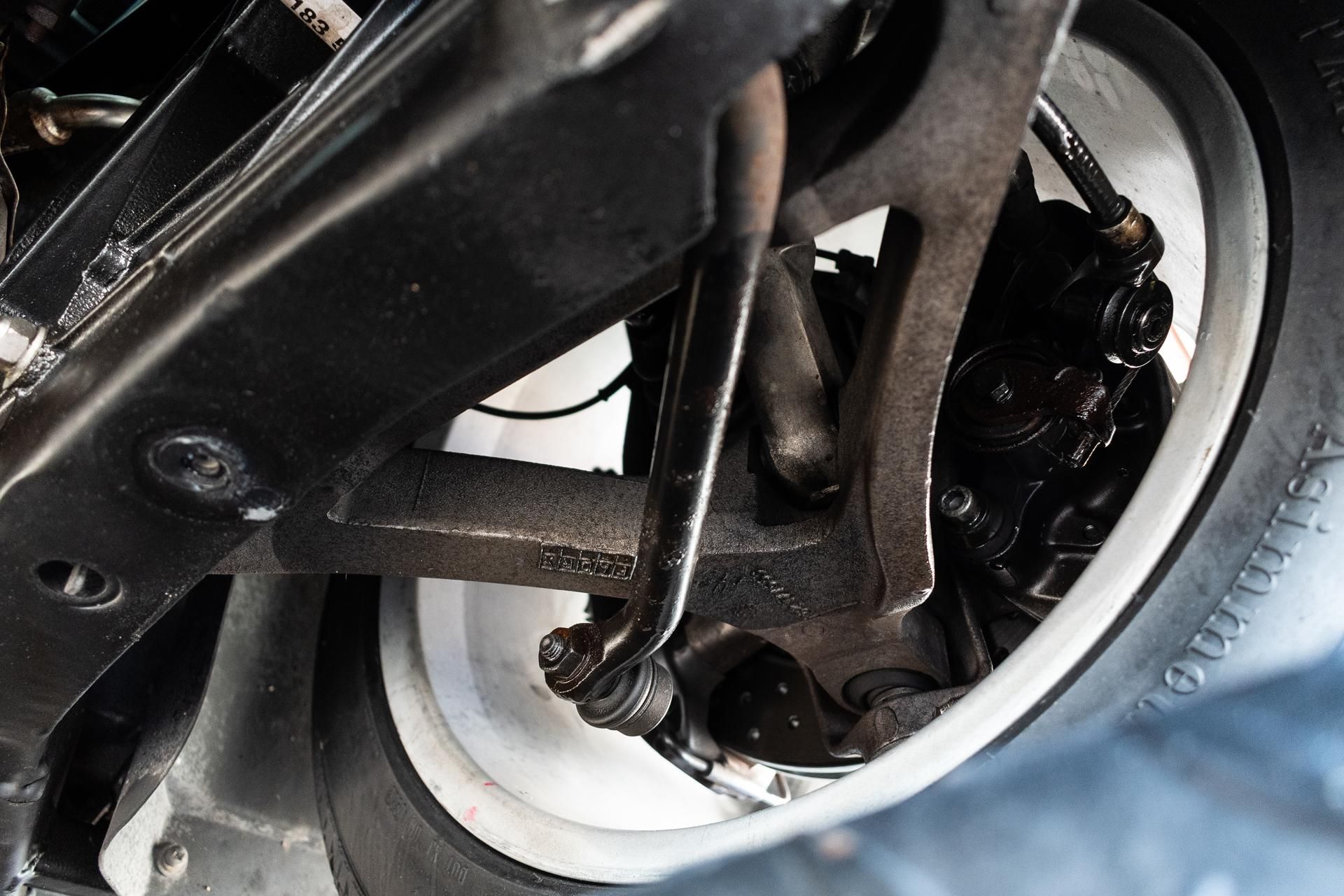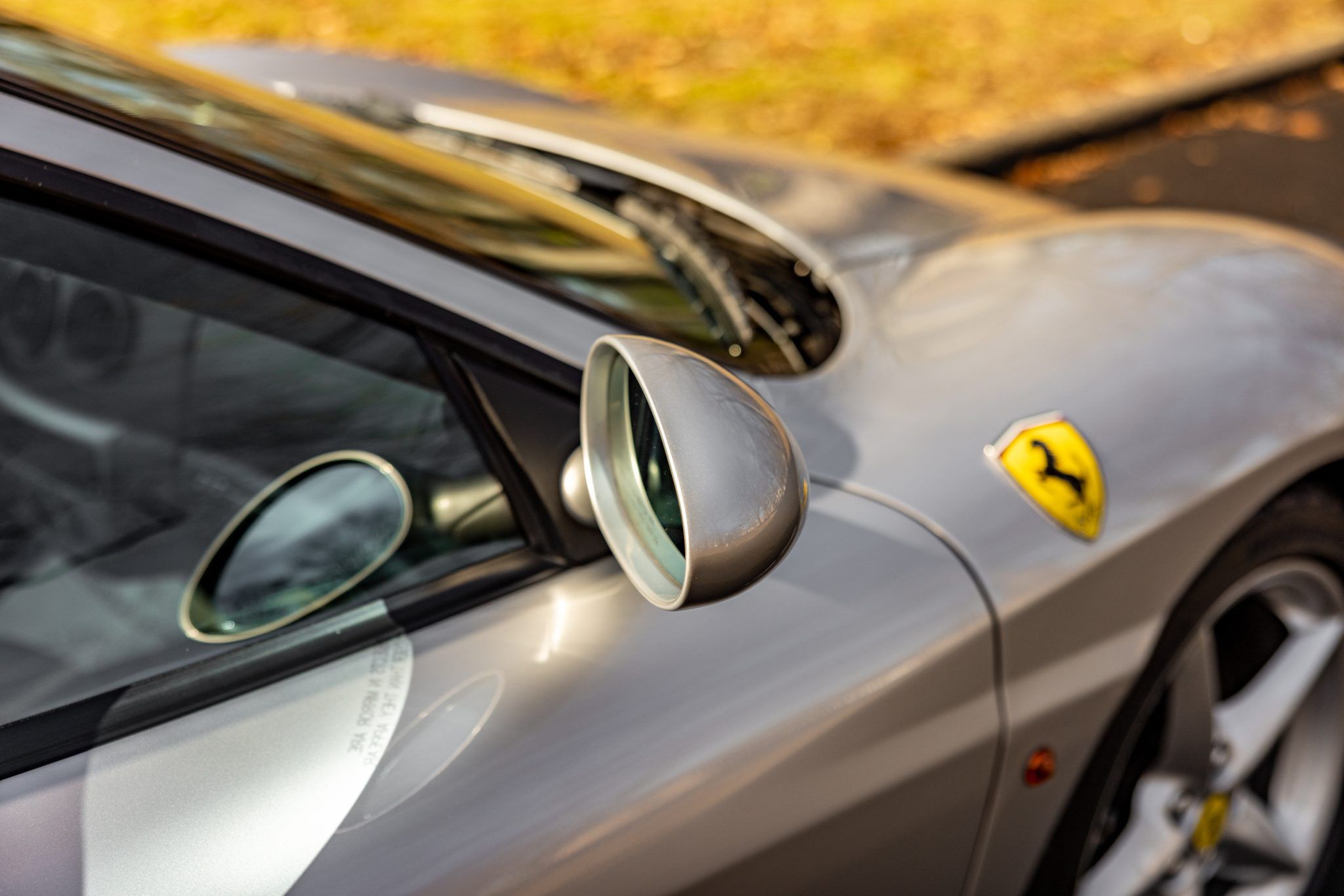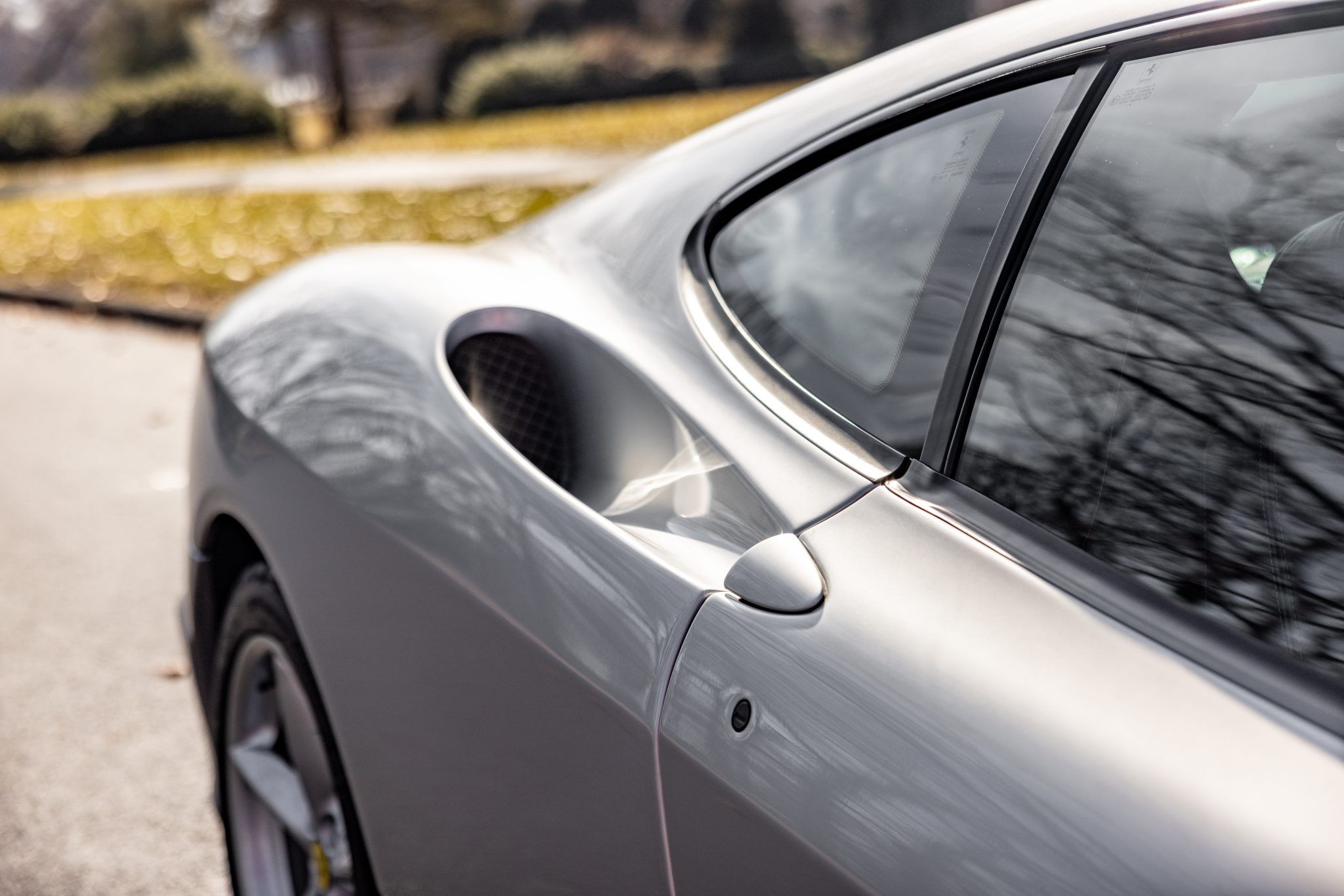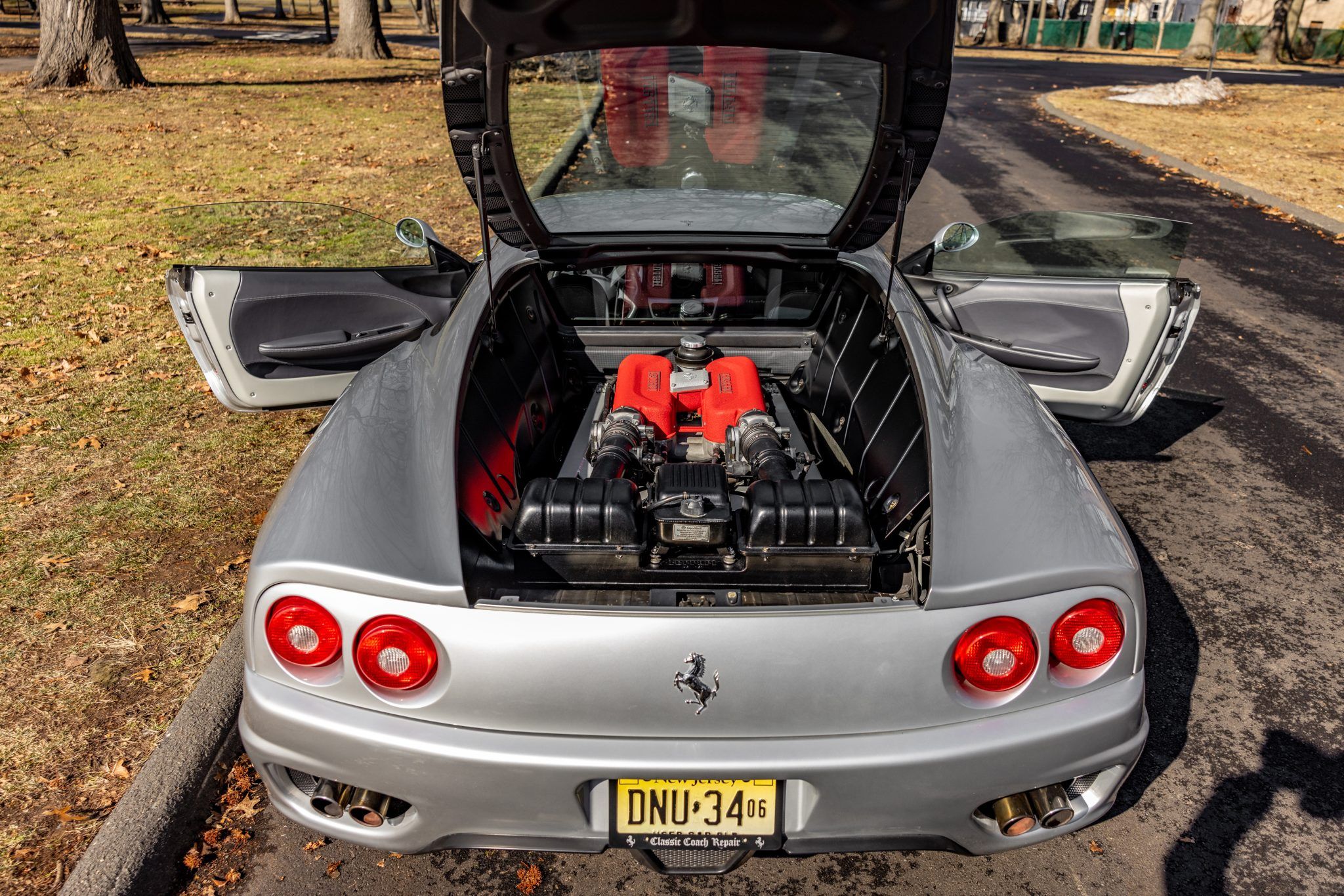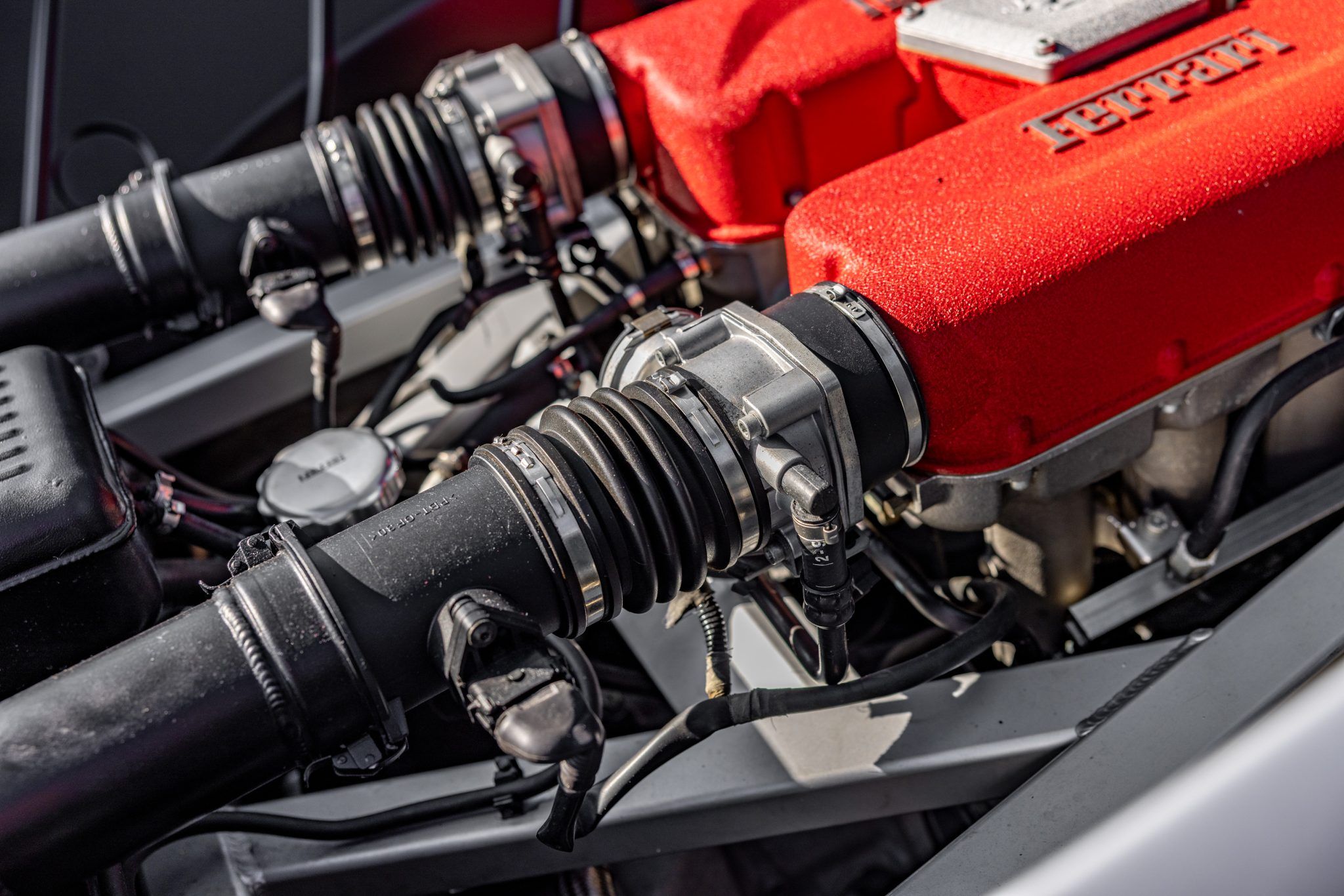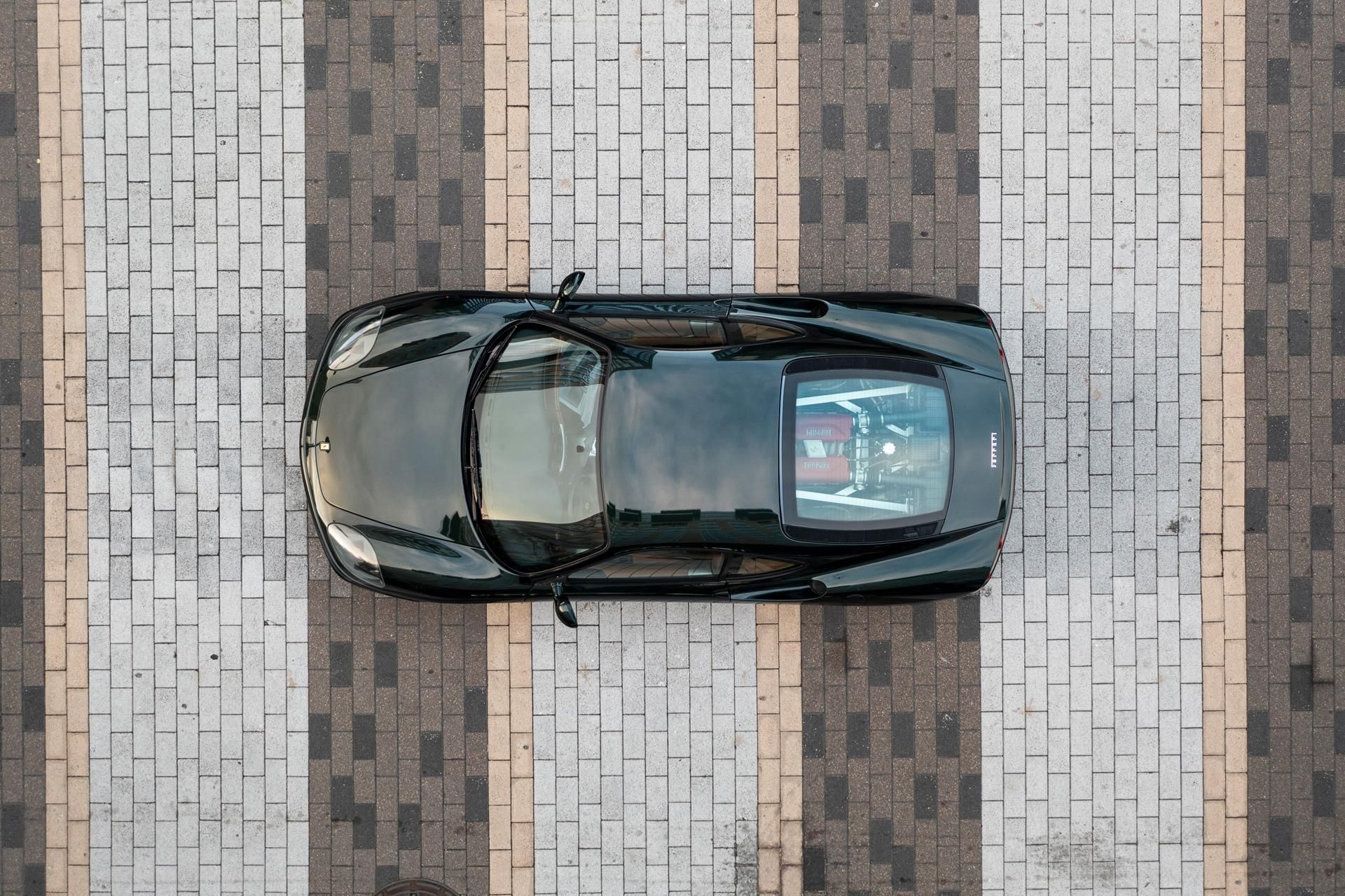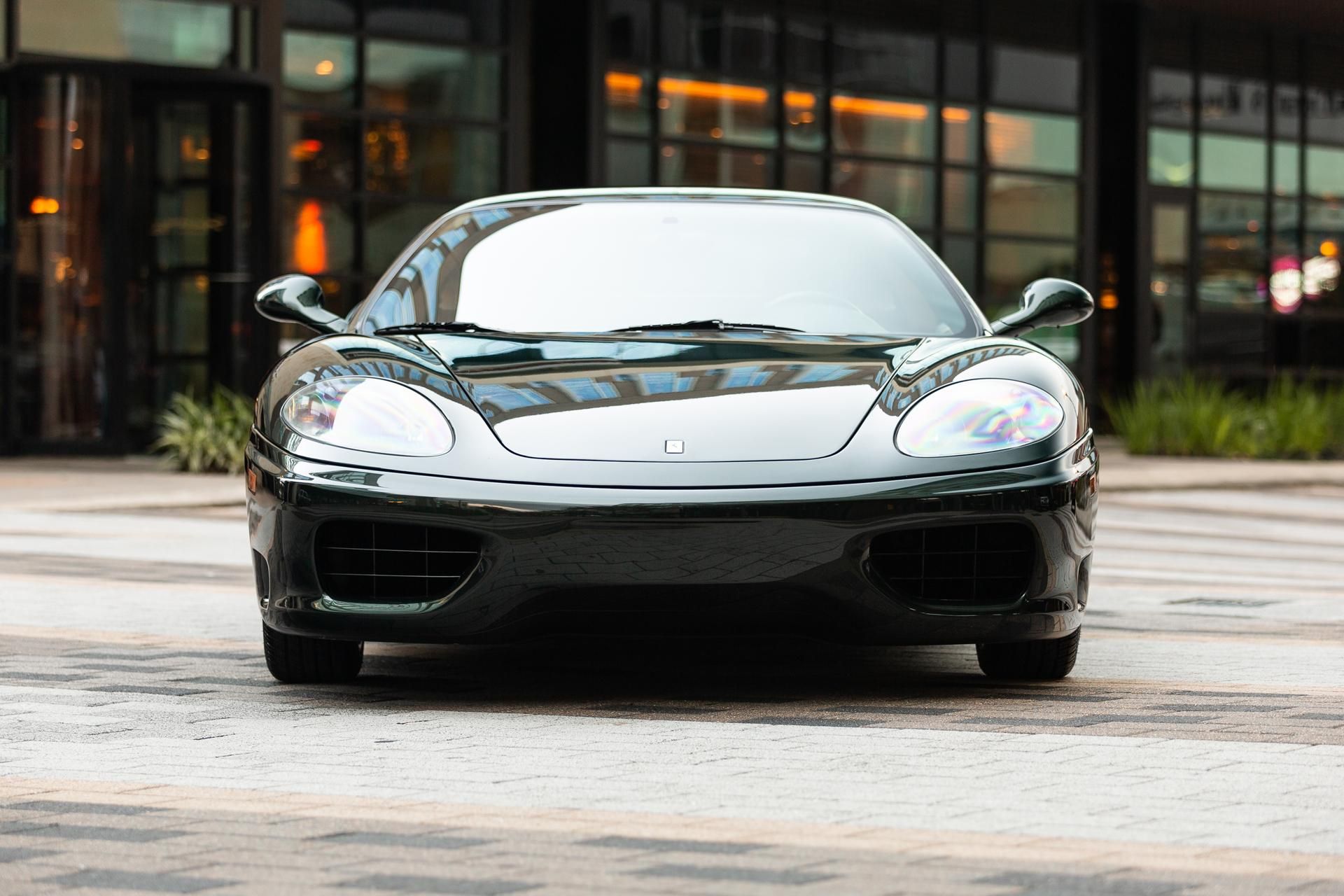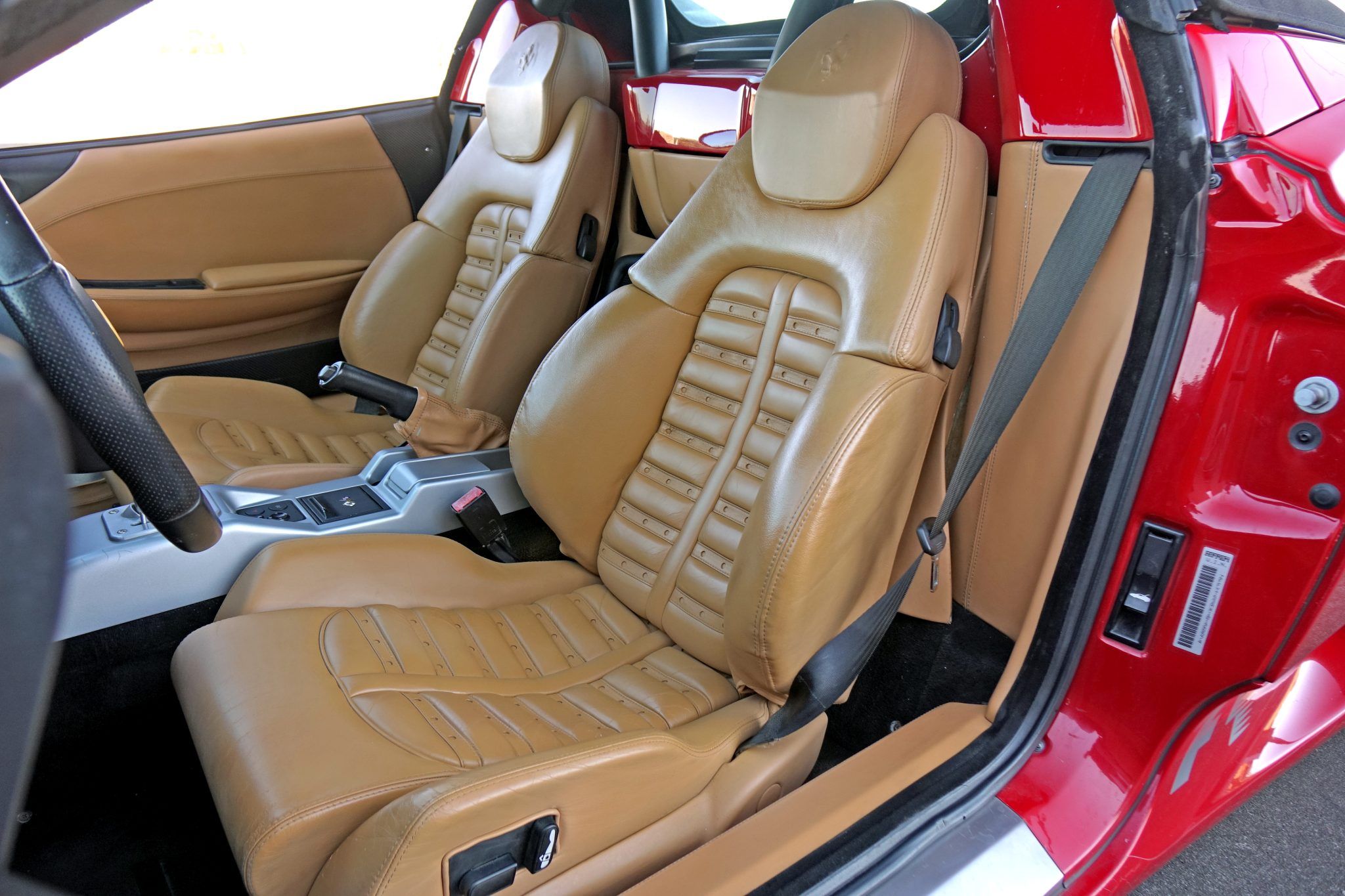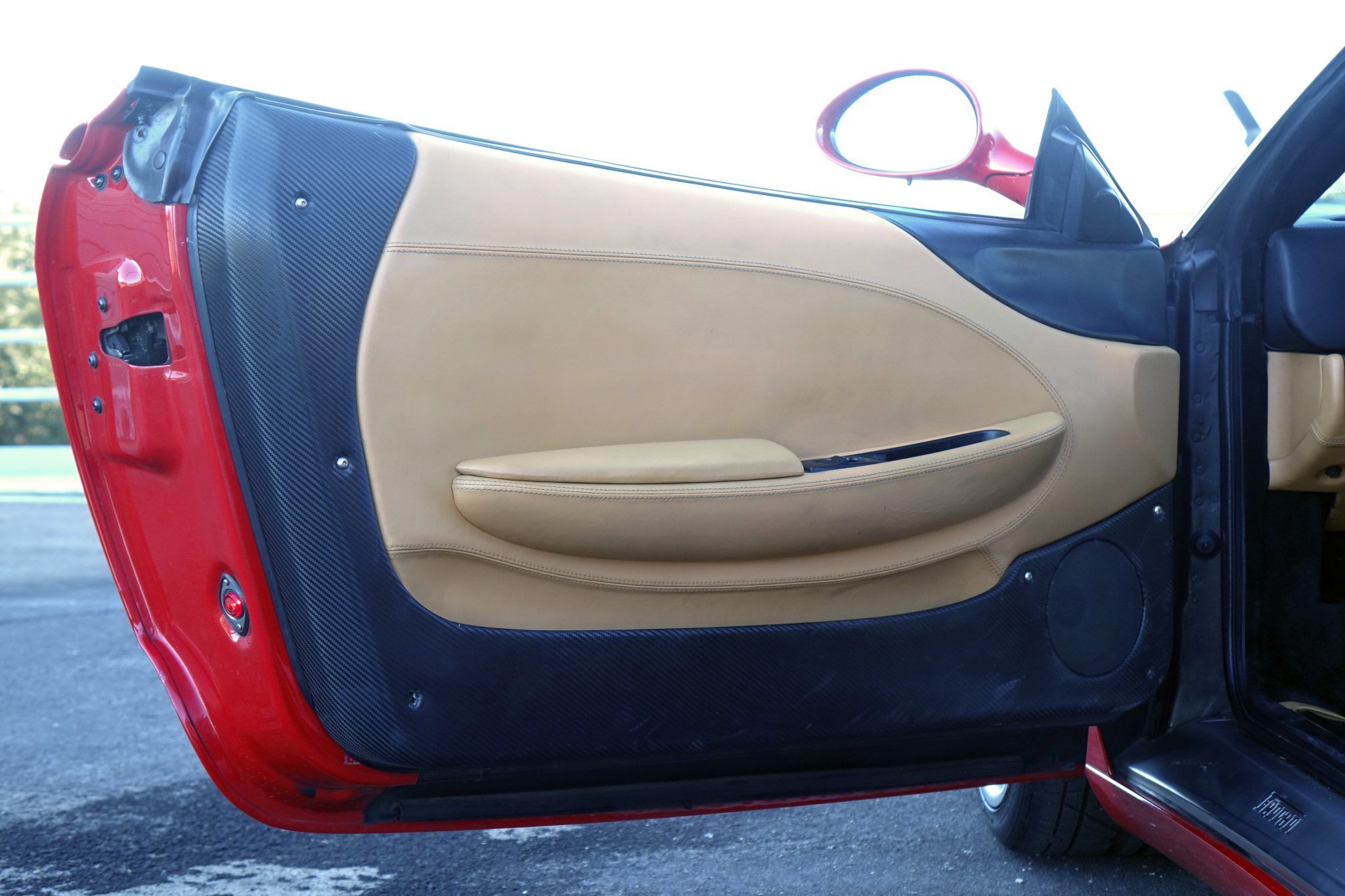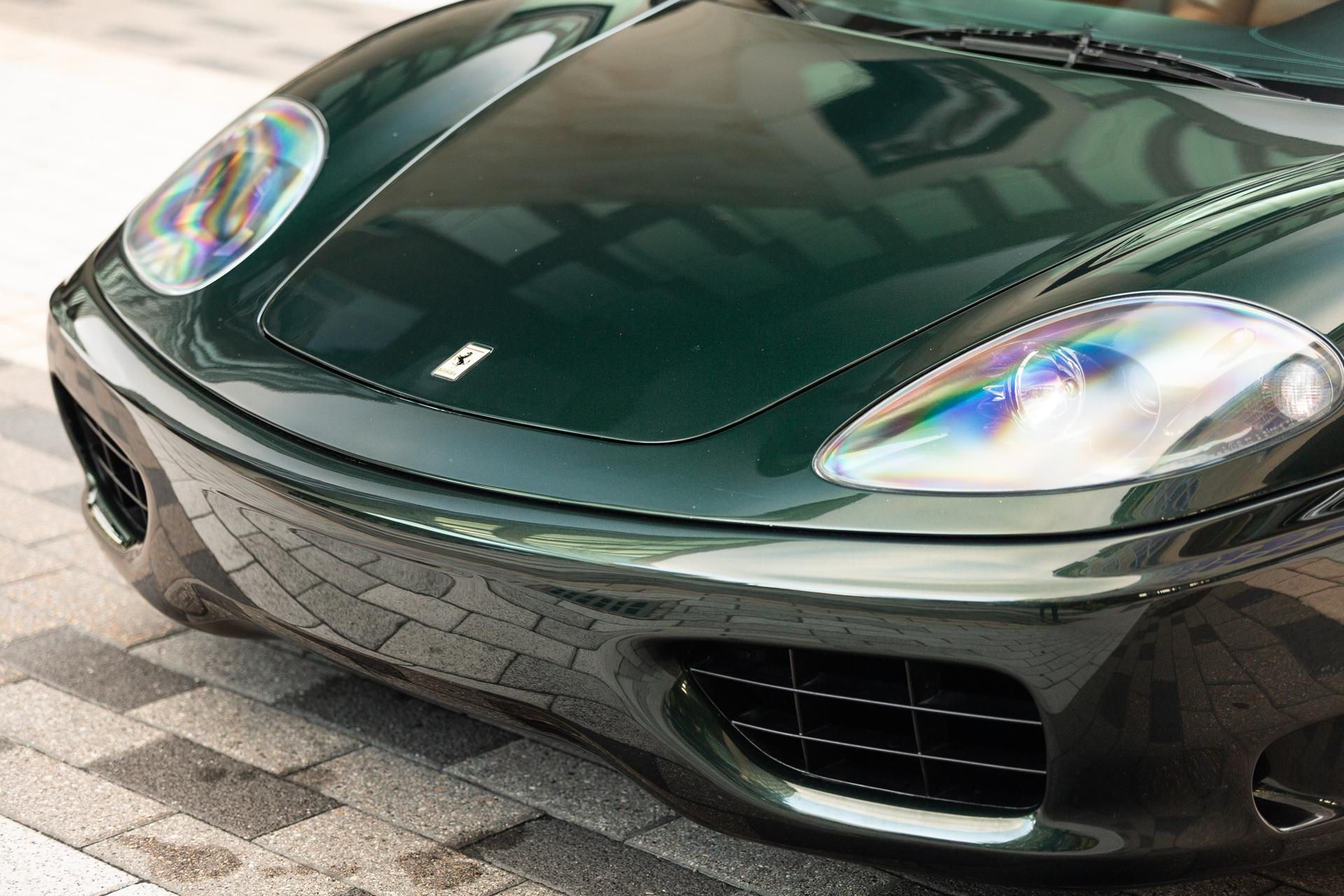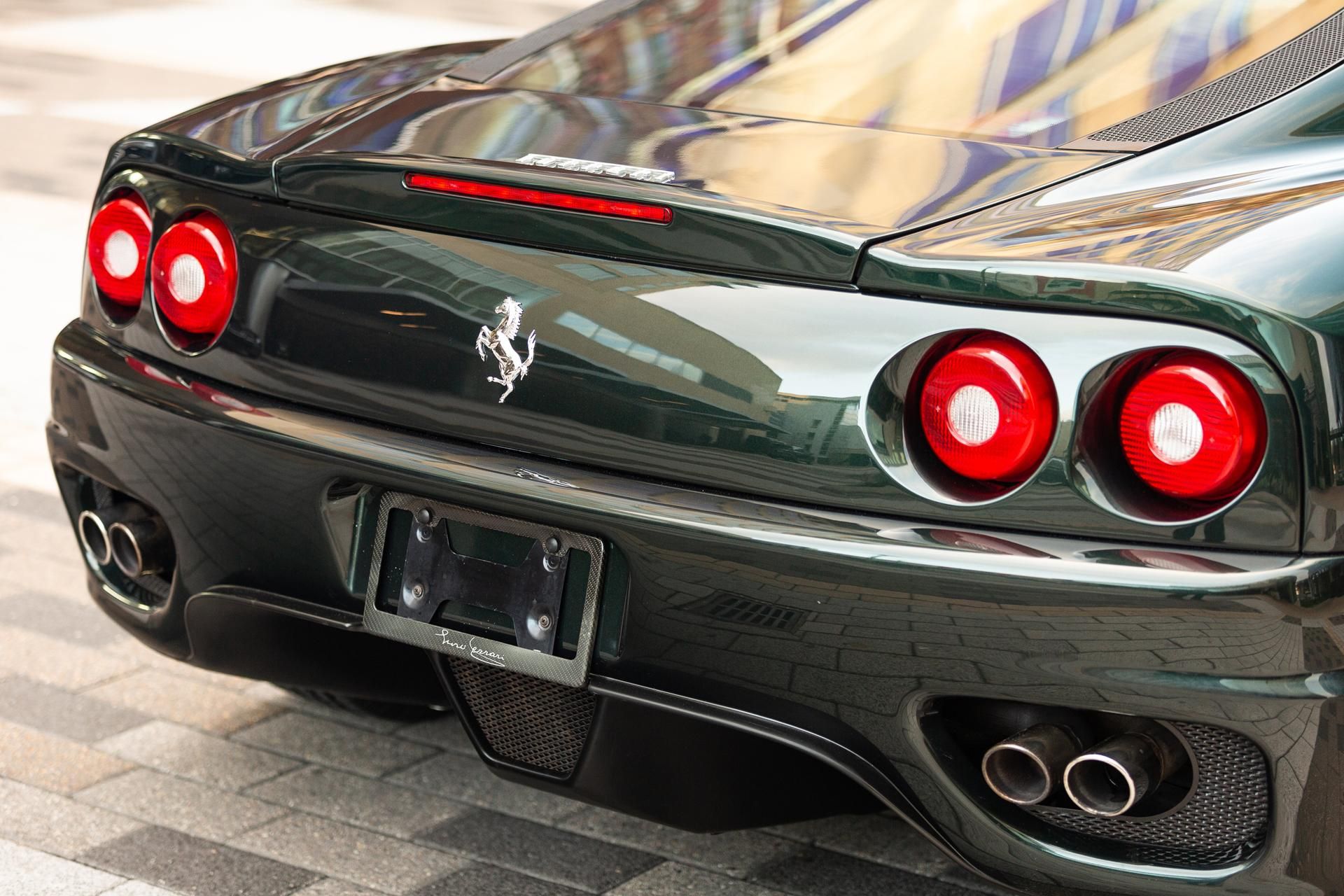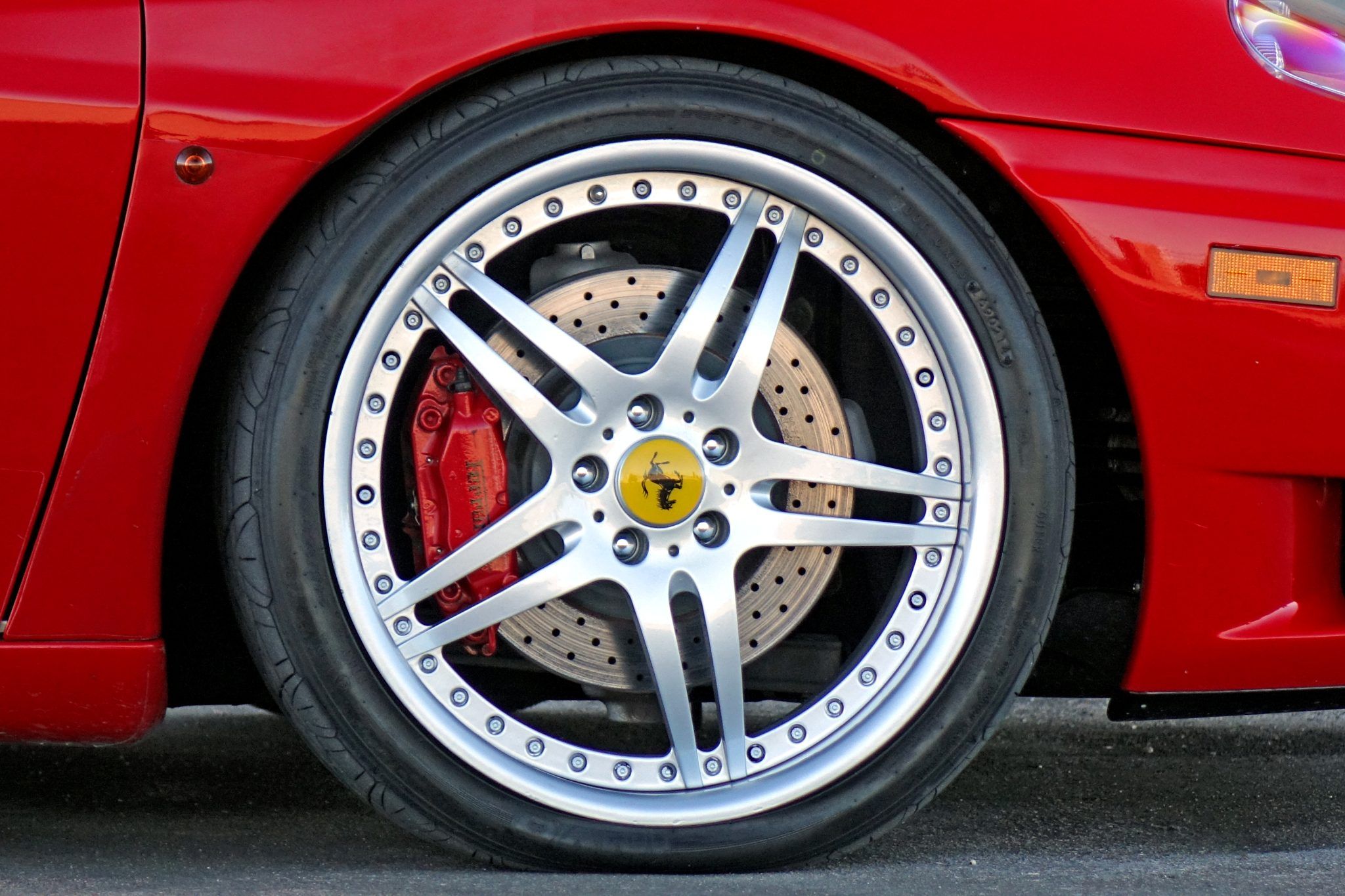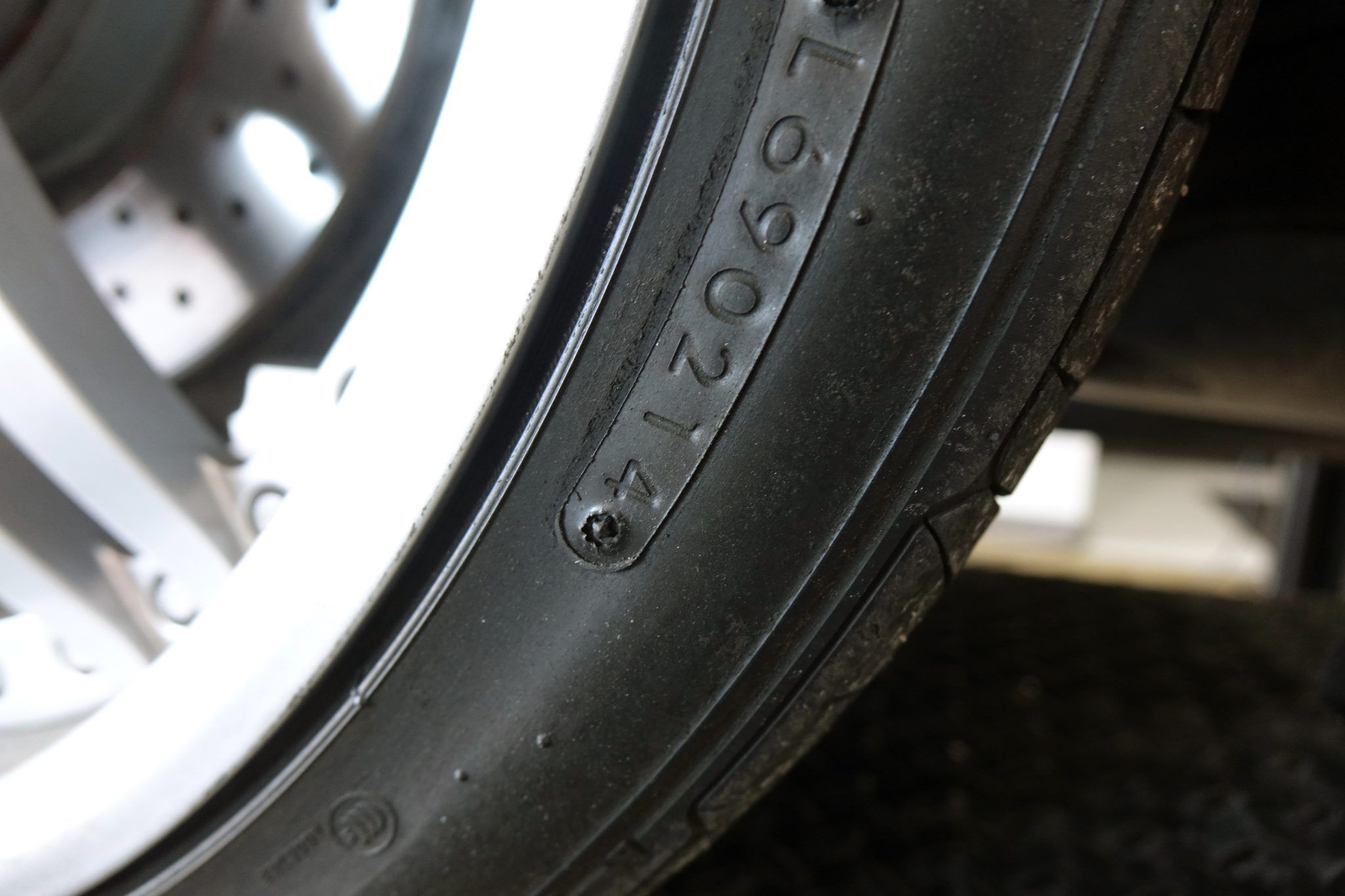When it debuted for the 1999 model year, the Ferrari 360 Modena offered what Ferrari called a ‘clean sheet design.’ Compared to previous entry-level Ferrari models, including the F355 which it replaced, the Modena was created to be as beautiful as possible while still reconciling performance.
That meant an all-new car from the ground up, and an entirely new way of building cars for Ferrari. This ultra-light grand tourer was called the best sports car in the world by everyone from Autocar to Road & Track, and it’s still incredible to drive today.
10 It Features A Gated Manual
A gated manual transmission is something special. Originally designed for racing, being both cheaper and lighter, later in its life the setup became a hallmark of exotic cars, especially Ferraris. Ensuring the metal remained pristine made gated manuals more expensive than a shift boot.
The 360 was one of the last Ferrari to sport such a setup, making it pretty special. The F430 that followed it also featured a gated manual, as well as two examples of the later Ferrari California.
9 A Formula 1 Transmission Is Also Available
If you didn’t want the gated manual, though, Ferrari offered a new style of automatic transmission. Inspired by its Formula 1 transmissions, this automated manual system still uses a clutch, though can shift itself as it accelerates.
This transmission formed the blueprint for transmissions on future supercars up to today. It’s not as advanced as a modern version, but it’s the start of modern transmission setups for Ferraris and beyond.
8 It’s Named For Enzo Ferrari’s Birthplace
The ‘Modena’ in the name has special significance, as the town where Enzo Ferrari was born and where the brand itself was founded, and it’s based today in the city’s suburbs. It’s the only Ferrari to be named after the town.
As Ferrari dealer Continental Autosports put it, “special significance went into creating this Prancing Horse.”
7 An Aluminum Chassis Is Much Stiffer
Ferrari worked on the design with American aluminum company Alcoa to produce a significantly improved design. The car the 360 replaced, the F355, used a steel chassis, and the aluminum build of the 360 was both stronger and lighter.
Indeed, the 360's chassis was 27% lighter than the F355, the company says, despite being 10% bigger, it had a curb weight that was roughly 220 lbs lower than its predecessor. The car was also 40% stiffer than the previous model. That, as well as the transmission, proved the blueprint for future Ferrari models.
6 Weight Reduction Improves Performance
The reduction in weight on the 360 improved its performance compared to its predecessor. The F355 recorded a flying lap of the Nürburgring Nordschleife in 8 minutes and 13 seconds, while the 360 managed to scrub four seconds off that in an 8 minute and 9 second run.
The difference was more apparent around shorter, handling-focused tracks. Around Ferrari’s own Fiorano test track, the Modena stopped the timer at one minute and 31 seconds, while the F355 was a full three seconds slower, demonstrating the benefits of the stronger, lighter chassis.
5 The V8 Sounds Great
Coupled with the chassis is a 3.6-liter V8 mounted behind the driver. Ferrari’s V8 cars have always been the entry-level models, but it’s no slouch, with 400 horsepower and 275 lb-ft of torque, and a great sound.
It’s good for a top speed that Ferrari says is “over 295 km/h,” but that independent testers have found that it actually manages 296 km/h, which is 184 mph. 0-60 mph takes 4.3 seconds, and the run from 0-100-0 mph is done in just 13.5 seconds.
4 The Car Is Stunningly Beautiful
Pininfarina designed such a stunning car that it received no visual changes throughout its model run. Praised when it came out and still today, the design departed from the aggressive angular design of previous models in favor of a curved, softer look.
One design directive, Continential Autosports reports, was to make the engine visible “from every angle,” and the lines meet at the glass-roofed engine compartment. The car was also intended to evoke the historic 250 and Dino Ferraris.
3 Plenty Of Leather Means A Comfortable Ride
The interior is highlighted by copious use of leather that made this grand touring Ferrari comfortable as well as fast. Besides that, aluminum made its way into the interior of the car as well.
The car only has two seats, but there’s no shortage of storage. Ferrari claimed the leather parcel shelf is large enough to hold golf clubs, and the trunk is sizeable. With 9 cubic feet of space, that’s more than 70% the amount of a Toyota Corolla, which is impressive for a supercar.
2 It’s Rare But Still Accessible
The 17,500 total 360s make the Ferrari appreciably rare to be desirable. Of those, 7,565 were convertible Spiders, 1,288 Challenge Stradale performance cars, and 300 were track-only cars. The remaining 8,800 were Modena models.
That means that Modenas were common enough to be driven and enjoyed, while still enjoying the special appeal of a limited-edition Ferrari.
1 An Entry-Level Ferrari Can Still Compete
Even though it was the entry-level Ferrari, the 360 Modena has performance credibility. The power figures and lap times put it right on par with the performance Porsches it competed against, and it was priced right alongside.
Besides that, the Ferrari still had performance luxuries. It used a high-tech computer system to put the car in sport mode that continuously adjusted the suspension and chassis to cope with driving conditions.

